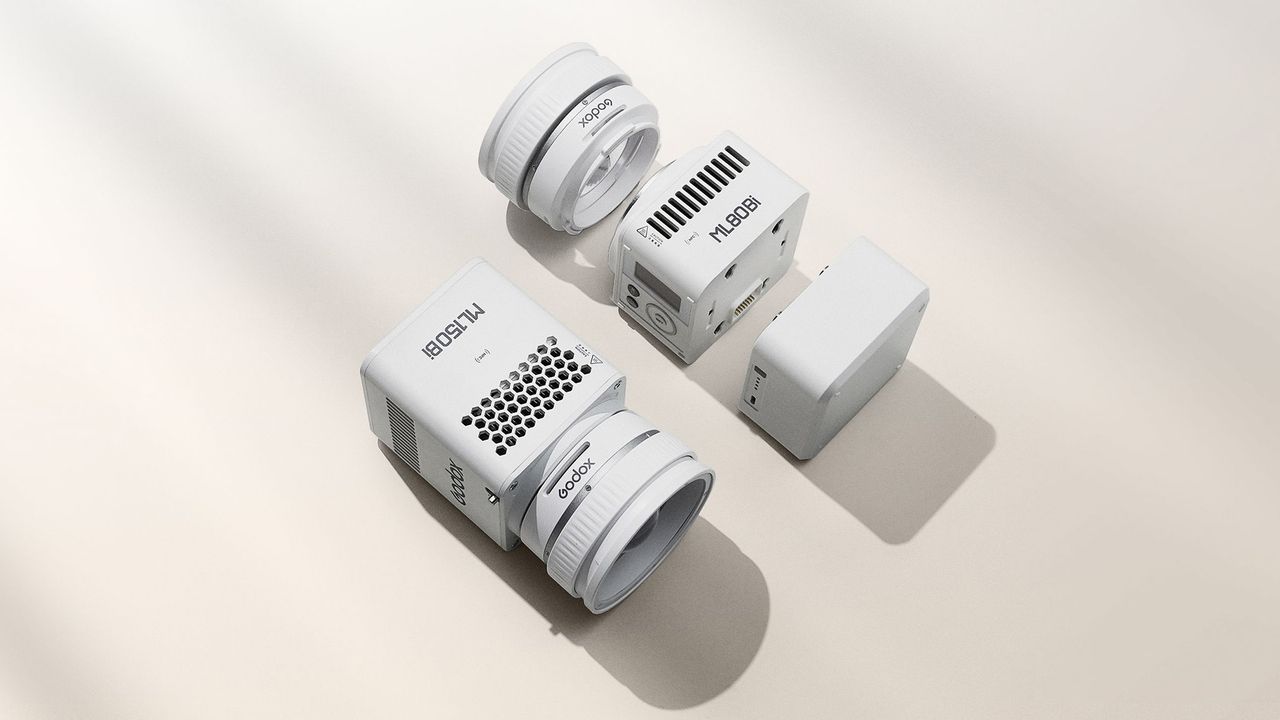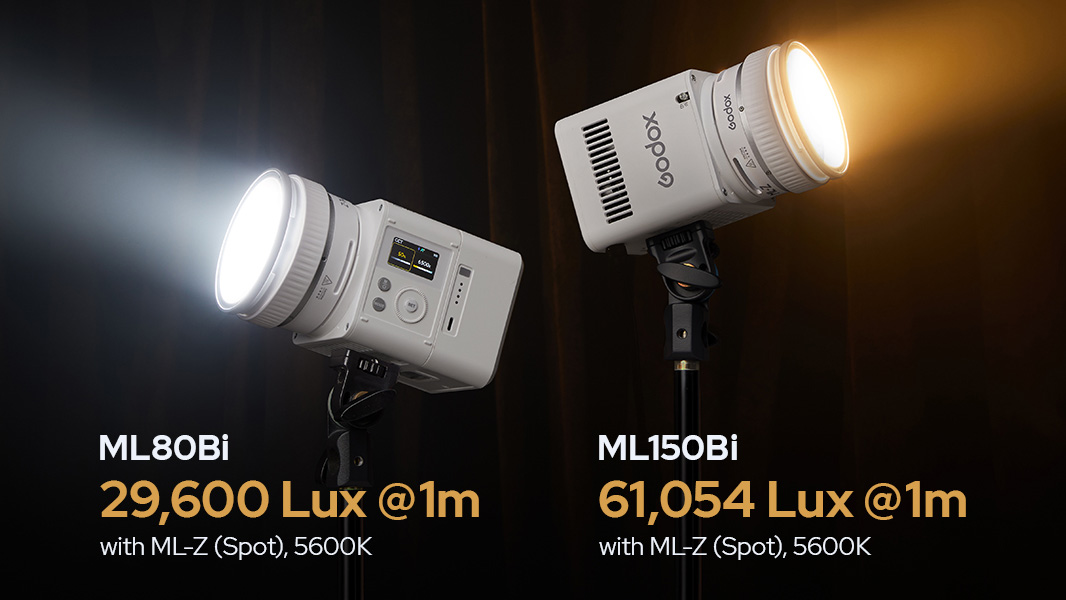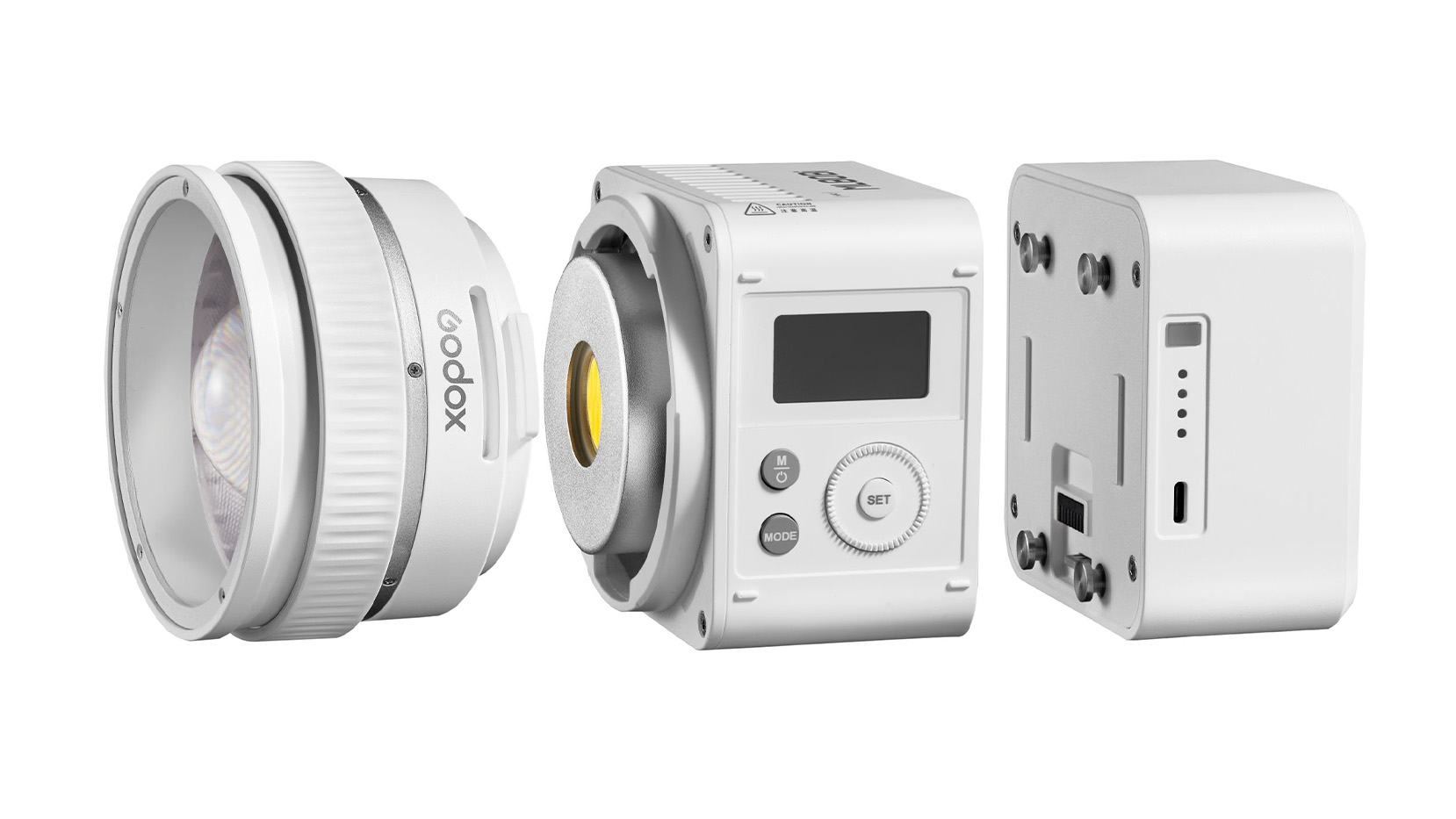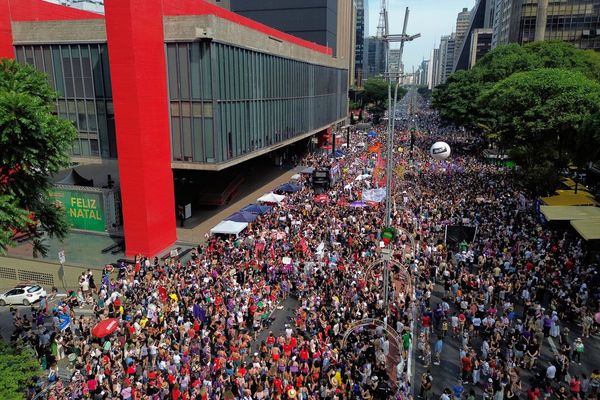
Godox has released the ML80Bi and ML150Bi bi-color LED lights, designed to deliver at high outputs, while maintaining compact and portable form factors.
This is possible due to the introduction of the ML-Z Zoom Lens Reflector, which is said to boost the ML80Bi's performance levels akin to conventional 100W LEDs, and increase the brightness of the ML150Bi tenfold. This results in the ML80Bi hitting 29,600 lux and the ML150Bi reaching 61,054 lux (both at 5600K, 1m).

The lights’ modular designs enable them to be paired with a range of magnetic accessories, including stackable diffusers and barn doors, alongside full compatibility with the Godox Mount ecosystem, providing access to softboxes, collapsible diffusers, and more.
Alone, the ML80Bi measures 3.78 x 3.58 x 2.91" and weighs 519g / 1.14lbs, with the ML150Bi measuring 3.58 x 4.53 x 3.58″ and weighing in at 770g / 1.70 lbs. Both lights can operate down to 14°F / -10°C, and boast a CRI and TLCI rating of 96.
The ML80Bi comes with the ML-BA battery, providing over 60 minutes of full-power output, while the ML150Bi comes with a wall-socket adapter. Both lights can be paired with NP-F and V-Mount-compatible plates. For the strongest output, Godox recommends pairing the ML150Bi with the ML-VMA adapter plate and a V-Mount battery.

Near Field Communication (NFC) technology can be used to control both lights via a proprietary bluetooth smartphone app up to a distance of 30 meters, while the ML150Bi also offers wireless DMX / CRMX for expanded control options in studio and broadcast environments.
In the box, the ML80Bi comes with a protective cover, storage bag, ML-BA battery, Holder AD-E2, ML-Z Zoom Lens Reflector and USB-C charging cord. The ML150Bi comes with a protective cover, storage bag, Holder AD-E2, ML-Z Zoom Lens Reflector, power cord, adapter and ML-VMA Adapter Plate.
The Godox ML80Bi retails for $229 (UK and Australian pricing to be confirmed) while the ML150Bi is priced at $259.
You might also like...
Check out the best LED light panels and the best lighting kits for photographers. If you want to learn more about lighting, find out why I’d choose continuous lighting over flash if I were starting my portrait photography career today.







